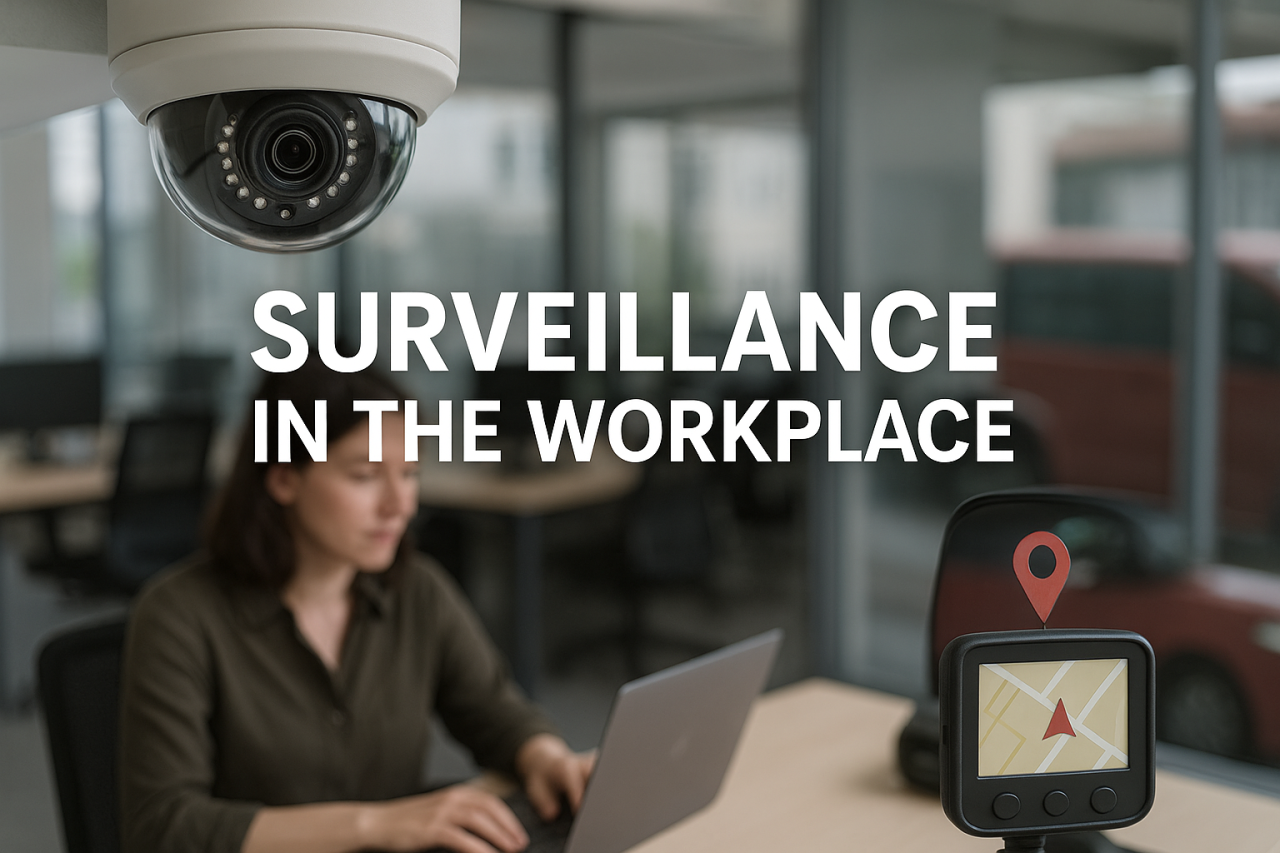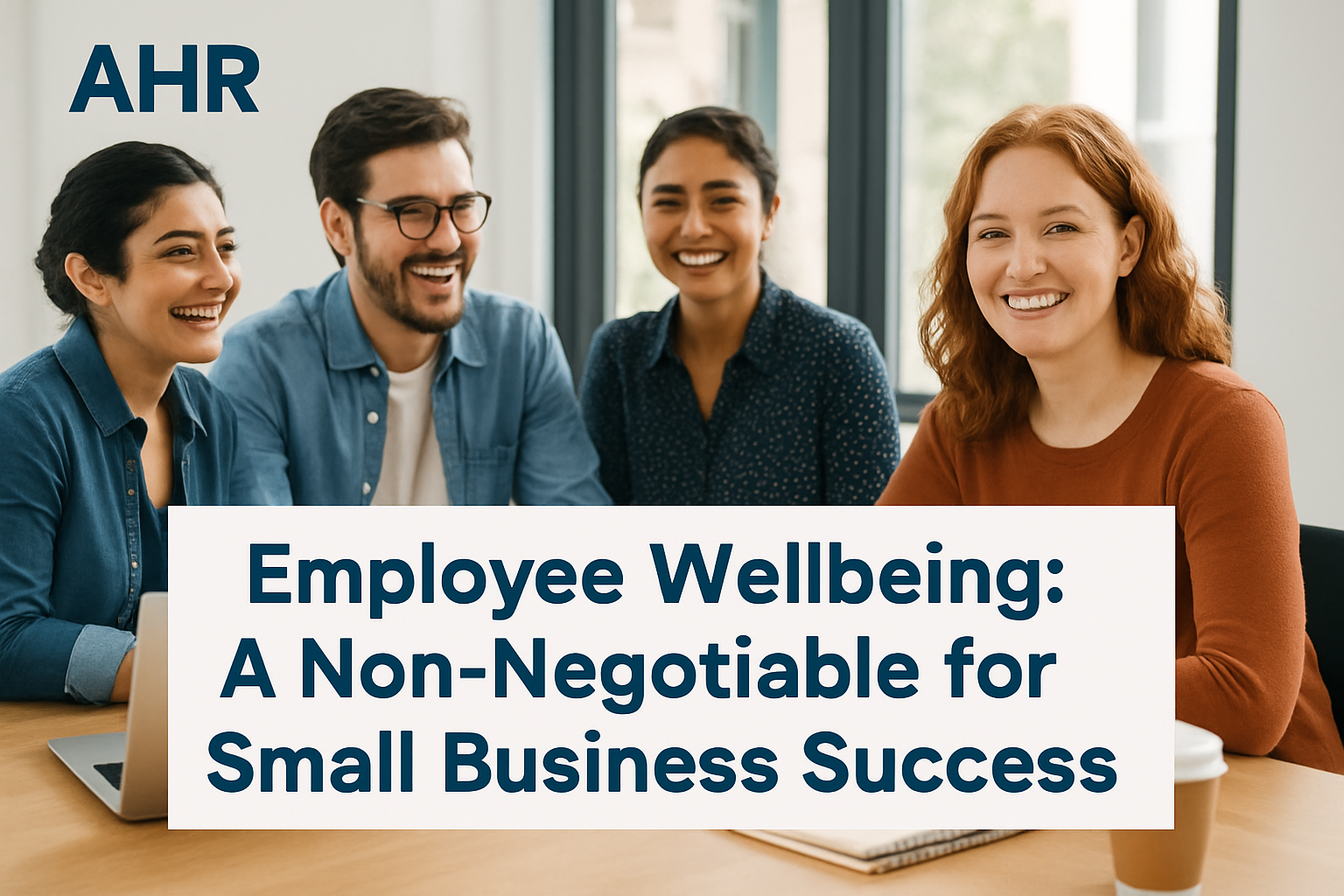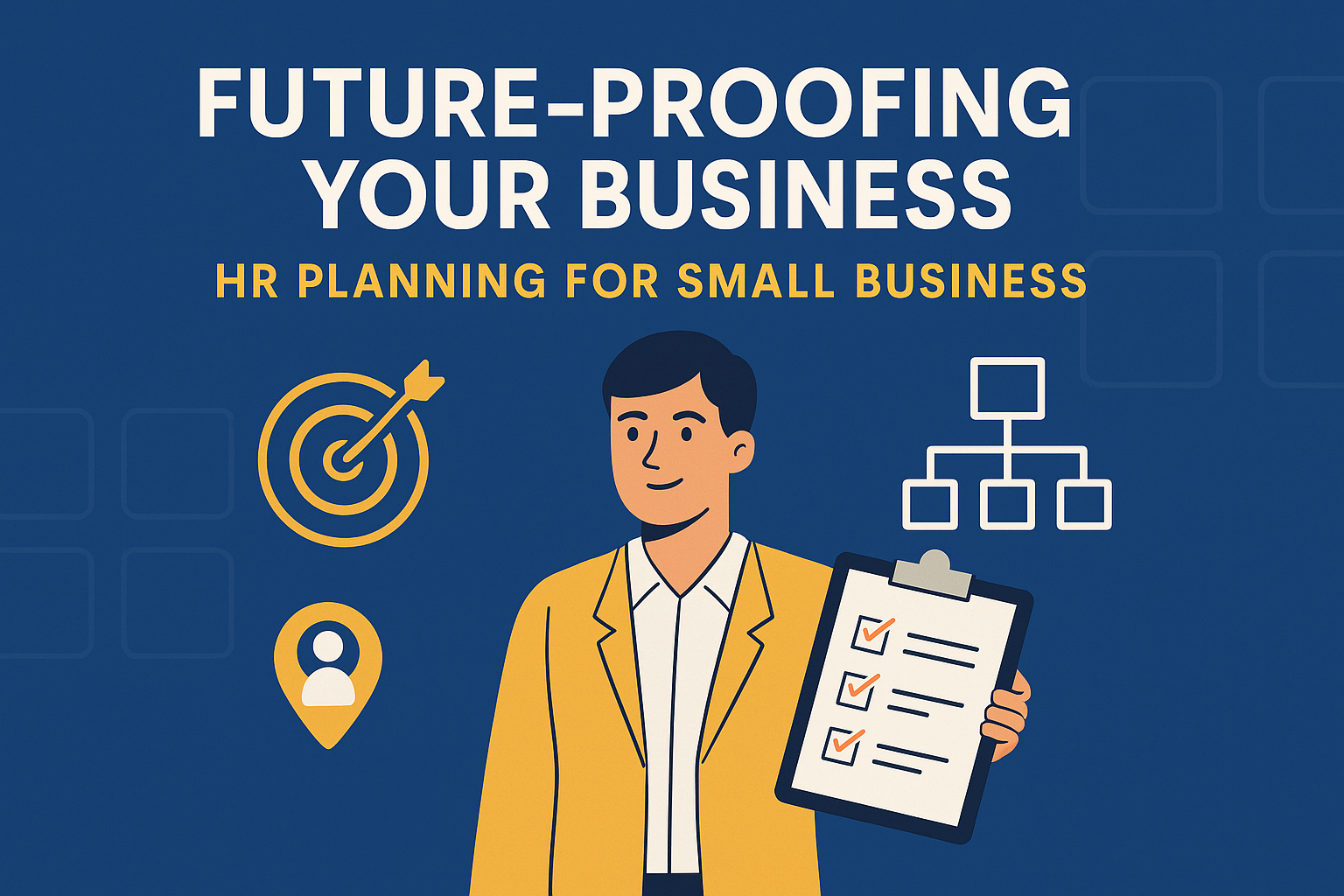Strategies for Reducing Stress and Anxiety
Workplace relationships can be complex and challenging, often affecting our overall job satisfaction and mental well-being. Unlike personal friendships, we don’t have the luxury of picking and choosing our colleagues.
This can sometimes lead to stressful and anxiety-inducing interactions, making the work environment less enjoyable and harder to navigate. In Australia, bullying in the workplace is a significant issue, with reports suggesting that 20% of workers experience it.
This troubling statistic highlights the importance of addressing difficult relationships and finding effective ways to manage them.
What is the Impact of Workplace Relationships on Mental Health?
Having strained relationships with co-workers can significantly impact your mental health. Stress and anxiety are common reactions when dealing with difficult colleagues, which can lead to avoidance of work or work-related situations.
It’s essential to recognise the signs of stress and anxiety and take proactive steps to mitigate their effects. Here are some strategies to help manage difficult workplace relationships:
1. Have an Honest Conversation
One of the most effective ways to resolve disagreements or misunderstandings is through open and honest communication. If a co-worker says or does something that upsets you, consider speaking to them privately about the issue. Here’s how you can approach this:
Choose the proper time and place: Find a quiet, personal putting wherein you could communicate without interruptions.
Be clear and specific: Explain what happened and how it made you feel. Use “I” statements to express your emotions without sounding accusatory (e.g., “I felt harm whilst you said…).
Listen actively: Give your colleague a chance to explain their perspective. Active listening can help clarify misunderstandings and foster mutual respect.
Seek a resolution: Work together to find a solution that addresses both parties’ concerns and helps prevent future issues.
2. Focus on What’s Positive
Sometimes, finding common ground outside of work can improve your relationship with a difficult colleague. Here’s how to leverage positive interactions:
Identify shared interests: Discover if you both enjoy a particular hobby or activity. Discussing non-work-related topics can help build rapport and ease tension.
Highlight strengths: Acknowledge your colleague’s strengths and contributions. Positive reinforcement can improve their behaviour towards you.
Celebrate small wins: Recognise and celebrate team achievements. This can foster a sense of camaraderie and improve overall workplace dynamics.
3. Keep a Professional Distance
Maintaining a professional distance can be an effective strategy when dealing with particularly challenging relationships. Here’s how to manage this:
Set obstacles: Clearly outline your expert obstacles and keep on with them. This includes limiting personal conversations and interactions outside of work-related tasks.
Stay focused on your work: Concentrate on completing your tasks efficiently and effectively. This can help you maintain a sense of accomplishment and reduce the impact of negative interactions.
Be civil and polite: Aim to be courteous and respectful in all interactions, even if you don’t get along with the colleague. Professionalism can assist in creating a greater nice painting environment.
4. Keep a Record of Incidents
If you experience bullying or harassment, it’s crucial to document each incident. Here’s how to effectively keep records:
Detailed notes: Write down the date, time, location, and description of each incident. Include any witnesses if applicable.
Collect evidence: Save any relevant emails, messages, or other forms of communication that support your account.
Report to HR: Share your documentation with the HR department if the behaviour continues. A well-documented record can help HR understand the severity and frequency of the incidents, making it easier to take appropriate action.
Understanding Bullying and Harassment in the Workplace
Bullying and harassment can take many forms, including verbal abuse, exclusion, and unfair treatment. It’s important to recognise these behaviours and understand that they are unacceptable. By keeping a detailed record and reporting incidents to HR, you can help create a safer and more respectful work environment for everyone.
Seeking Support
Managing difficult workplace relationships can be challenging, but you don’t have to do it alone. Here are a few extra sources and assist options:
Employee Assistance Programs (EAP): Many organisations offer EAP services that provide confidential counselling and support for employees dealing with workplace issues.
Professional counselling: Consider seeking help from a professional counsellor or therapist if you’re experiencing significant stress or anxiety.
Support groups: Joining a support group for individuals dealing with similar workplace challenges can provide valuable insights and coping strategies.
Conclusion
Navigating workplace relationships requires a combination of communication, positive reinforcement, professional boundaries, and documentation. By implementing these strategies, you can reduce stress and anxiety, improve your work environment, and foster healthier interactions with your colleagues. Remember, it’s critical to attend to your intellectual fitness and are looking for help whilst needed. By doing so, you can ensure a more positive and productive work experience for yourself and those around you.
Disclaimer: The information provided in this blog was accurate at the time of writing and is intended as general advice. For specific advice, please call AHR on 1800 577 515.










